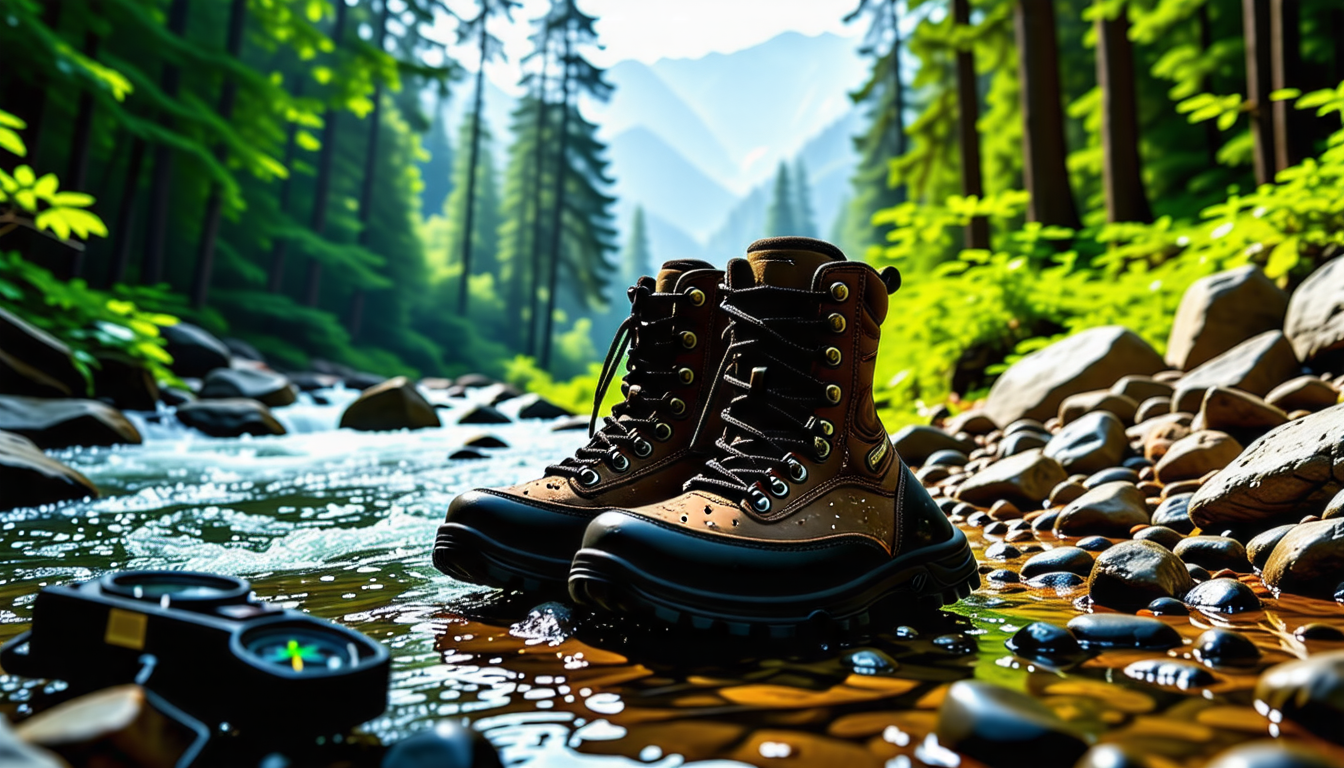|
IN BRIEF
|
The thrill of hiking beckons adventurers to mountainous terrains and winding trails, calling for the perfect pair of trekking poles to elevate the experience. But with countless options flooding the market, how does one sift through the choices to find the best companion for their journey? Fear not! This comprehensive guide is crafted to illuminate the essential factors to consider when selecting trekking poles. From weighing the durability and weight of materials to understanding the importance of grip comfort and shock absorption, gear up as we navigate the wilderness of pole options. Ready your senses, adventurer, for the mountain awaits, and the right trekking poles will ensure every step is confident and supported.

When you set out on your hiking adventures, the right tools can dramatically enhance your experience. That’s where trekking poles come in. Selecting the right pair ensures better stability, less strain on your joints, and the ability to tackle diverse terrains with ease. Understanding the nuances of features, types, and what to look for can make all the difference.
Expanding Your Knowledge
If you’re still unsure whether trekking poles are necessary for your hiking trips, check out a detailed discussion about this topic on Hiking Guy’s website. It highlights when to utilize poles, focusing on their benefits.
Another insightful source is The Big Outside, which covers various aspects of trekking pole selection, ensuring you don’t miss any critical points.
Furthermore, exploring sites like TreeLine Review can introduce you to the latest technology and coveted models in the trekking world.
With these insights, you’re now equipped to navigate the extensive trekking pole market with confidence, ensuring each hike not only challenges you physically but also supports your journey forward. Your time spent immersing in nature deserves tools that amplify both safety and enjoyment.
Weight
The weight of trekking poles is crucial, especially for long hikes where every gram counts. Lightweight materials such as aluminum or carbon fiber can reduce fatigue over time. However, while lighter poles offer less bulk, they also may compromise on durability depending on the terrain.

When it comes to enhancing your outdoor experience, selecting the right trekking poles is crucial. You should first consider the weight of the poles. Lighter options, typically weighing between 300 to 400 grams per pair, can significantly minimize fatigue during long hikes. Additionally, durability is vital; look for poles made from materials like aluminum or carbon fiber, which offer a good balance between strength and weight.
Next, the grip material is equally important. Opt for cork or foam grips as they absorb sweat effectively and provide comfort during extended use. A shock absorption feature can also enhance comfort on rugged trails, reducing strain on your joints.
Moreover, adjusting the length of your trekking poles is fundamental. Ideally, when you hold the poles, your elbows should form a 90-degree angle. A good rule of thumb is that a height-adjustable pole should range between 105 cm to 140 cm, catering to various heights.
Lastly, consider the type of terrain you’ll encounter. For steep inclines, one pole may suffice, but for challenging, longer treks, a pair is advised to improve balance and stability.

Choosing the right trekking poles can elevate your hiking experience, providing stability and reducing strain on your body. When selecting poles, consider key factors like weight, durability, and comfort. Pay attention to the grip material; soft, durable options such as cork or foam are often preferred. The length of the pole should suit your height, ensuring proper posture and balance on the trails. If you’re unsure, consult a height calculator to guide your selection. Whether you opt for one pole for short hikes or two for extended treks, investing in the right equipment can make all the difference in your outdoor adventures. Embark on your journeys with confidence!
FAQ
What factors should I consider when choosing trekking poles?
R: When selecting trekking poles, consider factors such as weight, durability, comfort, shock absorption, and grip type. Each feature plays a significant role in the overall effectiveness of the poles during your hikes.
How do I determine the right height for my trekking poles?
R: A general rule of thumb is to stand straight and hold the poles with your arms at your sides. The top of the poles should reach your wrists. For a more precise measurement, many brands provide a trekking pole height calculator to ensure a perfect fit.
Are there specific features I should look for in the grips?
R: Yes! Look for grips that are soft and durable, typically made from cork or foam. These materials provide excellent comfort and help absorb moisture during your adventures, providing a reliable hold.
What’s the difference between trekking poles and hiking staffs?
R: Trekking poles are generally adjustable and designed to provide stability and support over various terrains, while hiking staffs tend to be a single piece, offering a more traditional option for balance without the features of adjustability.
Should I use one or two trekking poles for my hike?
R: It largely depends on the length and terrain of your hike. For short hikes or summit pushes, carrying one pole is often sufficient for stability. However, for long treks or uneven ground, using two poles can help distribute your weight better and enhance balance.


